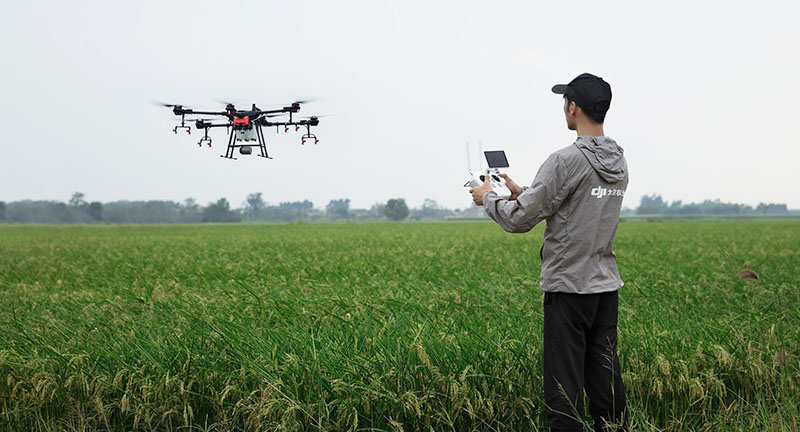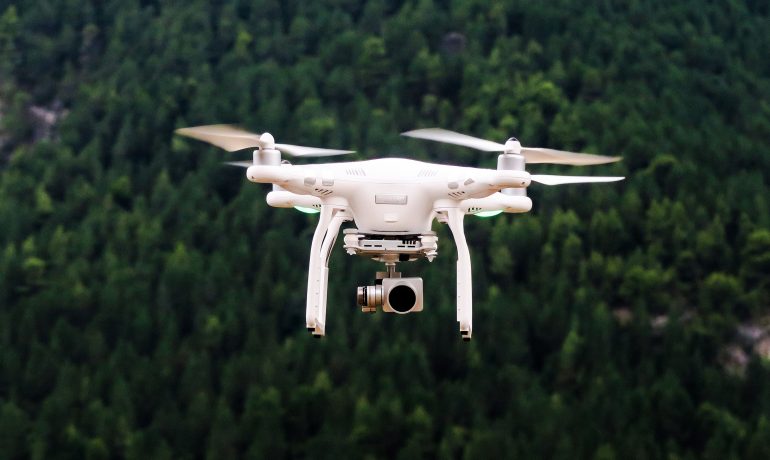A drone is a flying device controlled by a remote system. In Spain, the terms UAS and RPAS are also used to define the system composed of three elements: the drone, the remote control station and the pilot. Thanks to the advance of technological progress, the use of drones is constantly increasing and, among the new fields of application, environmental surveillance stands out, with air quality monitoring as one of the newest applications. These drones can be used to measure air quality in cities (traffic), heavy industries (open mines, petrochemical plants, natural parks, etc.). They can also be used to detect pollutant leaks.

Advantages of the use of drones in air quality measurement
For air quality monitoring, drones have the ability to collect, analyze and deliver accurate data quickly and economically. Technicians, researchers and companies adopt the use of drones to replace or complement the use of ground-based equipment, limited in its geographical coverage.
Extending the knowledge of pollutant concentration to the third dimension allows to study with much more precision the dispersion of pollutants, feeding prediction models with real data.
Drone technology has just been born, and it is foreseeable that a progressive reduction of costs, dimensions, consumption and weight of electronic components will continue to take place. The versatility of drones makes it possible to equip them with measuring instruments and take them to places inaccessible to people; drones also provide safety for workers when monitoring contaminated or dangerous environments in real time.
The development of increasingly smaller and lighter sensors, so that they can be mounted on small drones, has facilitated the replacement of early fixed-wing models with multirotor devices. This multi-copter configuration facilitates piloting and offers the possibility of operating in confined spaces, thanks to the ability to fly vertically and stationary.
How does a drone measure air quality?
Drones, thanks to their ability to carry a set of sensors, are capable of acting as mobile measuring stations at almost any point in space. This type of drones measure in real time parameters such as the concentration of all types of pollutants, relative air humidity, temperature, the presence of volatile organic compounds, etc.
Drones are mainly used to measure air quality outdoors, although in specific cases they can be extended to large indoor areas, such as production plants and logistics centers. To optimize the environmental measurement system, a central control can manage a small fleet of drones, depending on wind patterns and operating conditions of the pollutant source, and direct them to the most strategic sampling points. The drones send data periodically or in real time to a central communication module and standby for a new set of instructions.
The ability to move and take measurements over large areas is the differentiating factor of drones compared to fixed air quality monitoring stations, which can only record pollutants around each monitoring point. On the other hand, the main challenge faced by current drones is a limited flight autonomy.
Sensaero solves both shortcomings by combining measurement with drones and mobile ground stations. The joint use of both technologies provides a stream of data on the presence of contaminants, which can be customized to the client’s needs. As required by the project, the payload of the measurement drone will be configured with specific sensors for the parameters needed.

